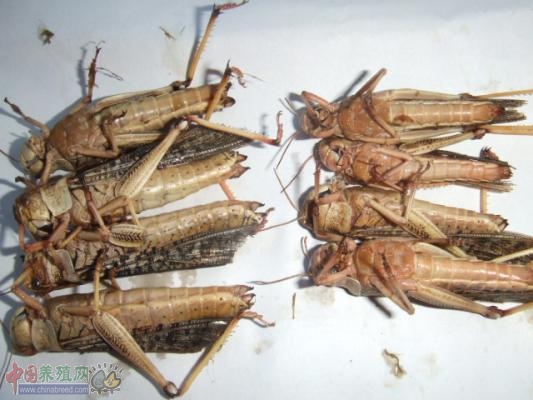Scientific raising of geese by retail investors in rural areas ensures high efficiency
At present, the scale of raising geese in rural areas is small, and most of the raising methods rely mainly on grazing. They eat what nature grows and eat as much as it grows, not to mention supplementary feeding at all. Many farmers raise blindly, not only the enclosure is dilapidated, the sanitary condition is poor, even lack of breeding technology and epidemic prevention knowledge. Therefore, the adoption of scientific and reasonable feeding and management technology is the key to improve the economic benefits of raising geese.
The feeding scale should be appropriate.
It is difficult for geese to be raised in large groups, but it is difficult to graze. If there is not enough green feed, there will be more concentrate, and the cost is too high. If you raise a small number of geese, you should also graze and feed them, which is a waste of manpower and material resources. Therefore, breeders should control the breeding scale according to their own situation, generally 10-50 birds for part-time breeders and 300-1000 birds for professional breeding.
Recommend raising geese to reduce costs
It is recommended to raise geese with low cost and good benefit. China is rich in weed resources, which is the main source of green feed for geese, which should be fully utilized. However, it is not enough to rely on weeds alone, especially for raising geese on a large scale, we should establish artificial grassland for raising geese, and pay attention to selecting varieties that are suitable for goose feeding, palatable and trampling-resistant, such as alfalfa, perennial ryegrass, white clover, red clover, cattail grass and other permanent species. You can also choose seasonal forage varieties such as Dongmu 70 rye and Sudan grass.
Appropriate supplement of concentrate feed
Geese are herbivorous waterfowl, which should be grazed (or fed in captivity) and properly supplemented with concentrate feed in order to increase the rate of weight gain and shorten the feeding period. The results showed that the average daily gain of geese supplemented with formula feed and rice was 25 grams higher than that of non-supplemented geese, and the feeding period was shortened by 15-20 days. Therefore, feeding should be supplemented according to forage quality, feeding condition and weight gain rate, generally with bran, mixed with sweet potato, blighted grain and soybean meal. 8% fish meal, 1% shell meal, 0.14% salt and 0.15% trace elements should also be added to meet the needs of its growth and development, and more attention should be paid to the supplement of concentrate during the laying period of breeding geese.
The absolute weight gain of 20-60-day-old geese is the fastest, and about 60-day-old geese are the most suitable for sale. Generally, goslings can be plucked after 3 months, and then plucked every 40 days or so. Egg-laying geese can be plucked during the off-laying period, and surplus male geese can be plucked all the year round. The geese producing fatty liver should be changed from grazing to house feeding after 10 weeks of age, and forcibly fed with corn for 4 weeks after 12 weeks of age, so that the live weight of geese is 8090% higher than that before fattening, and then slaughtered and harvested liver in time, if the fattening period is delayed, the cost will be high.
Related
- A course of planting techniques and methods on how to grow carrots
- How to plant the latest tulips?
- Is it better to pick tea in the morning or in the afternoon? When is the best time for tea to be picked? what is the third or fifth tea?
- Launch Yuanxiao Happy combination Haocha + Tea Yuan healthy Taste
- Penghu Tourism "Fireworks 20 Parade with You"
- 2022 West Lake Happiness holds "Digital Revitalization Voucher" and draws iphone13 and laptop.
- Banqiao Fuzhou social houses are designed to change start-up combined with police elimination to create a safe and livable environment
- The convenient measure of "mechanical weeding" in Xinbei has been abused and the Agriculture Bureau has imposed heavy penalties on the illegal land consolidation.
- Changgeng University Joins Hands with Four Memory Factories to Rescue Memory Talent Shortage
- The list of Taiwan's top 100 MVP managers is listed by the Director-General of the Farmers' Association of Sanxia District.



